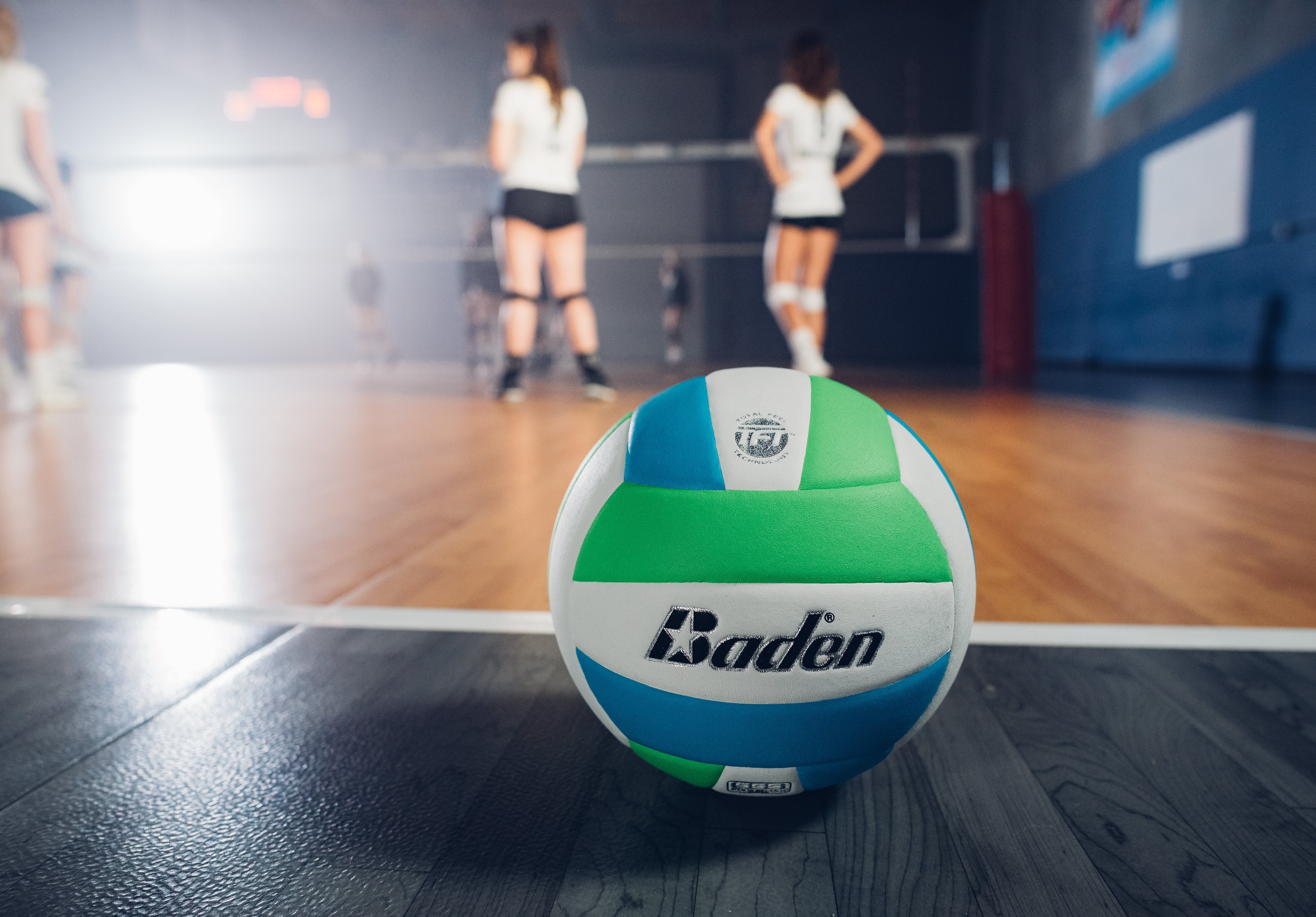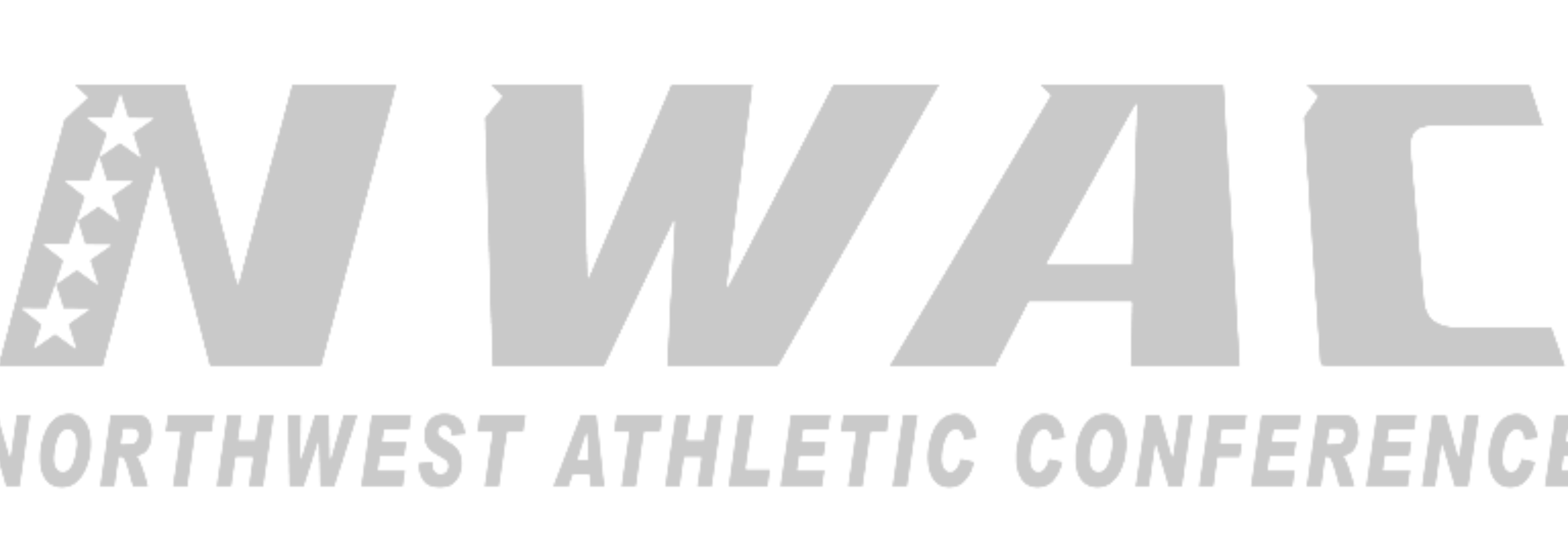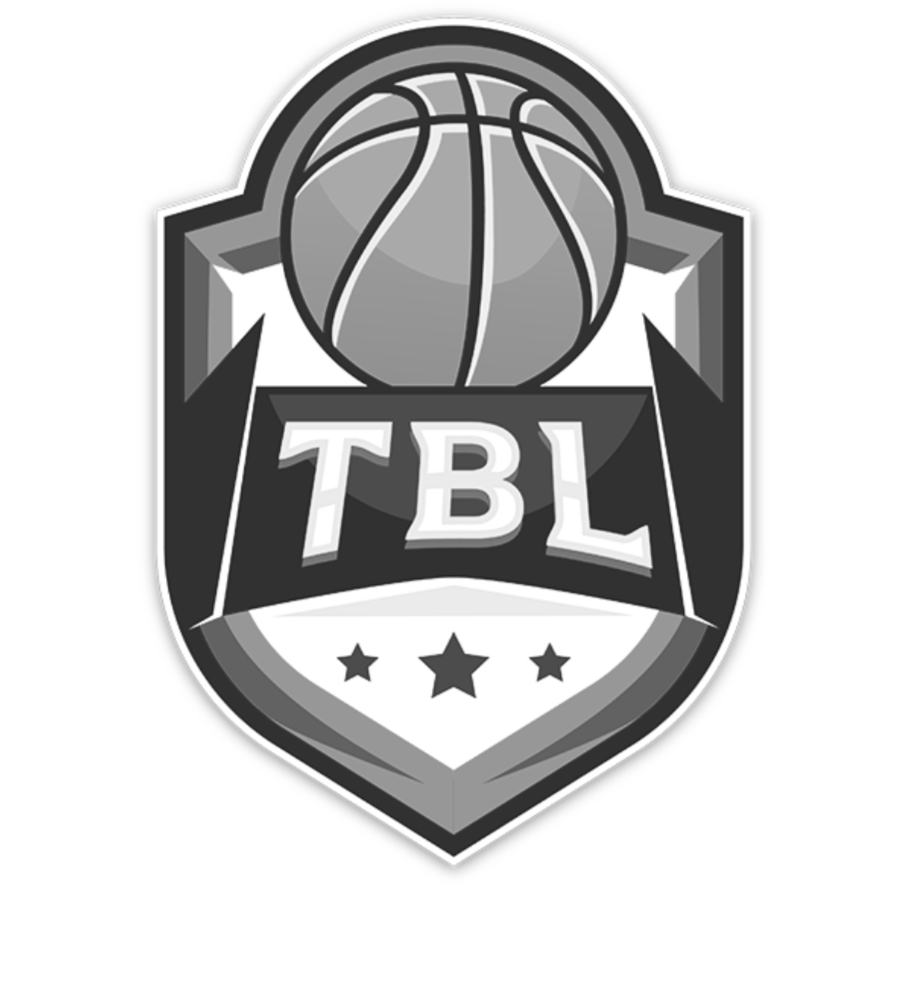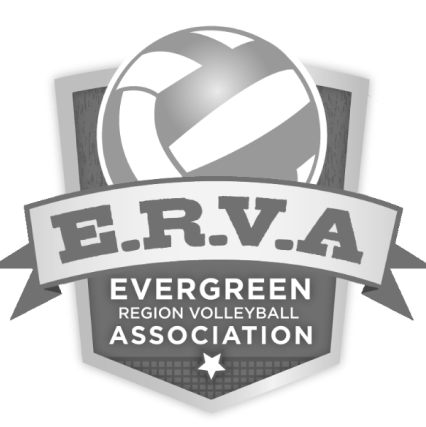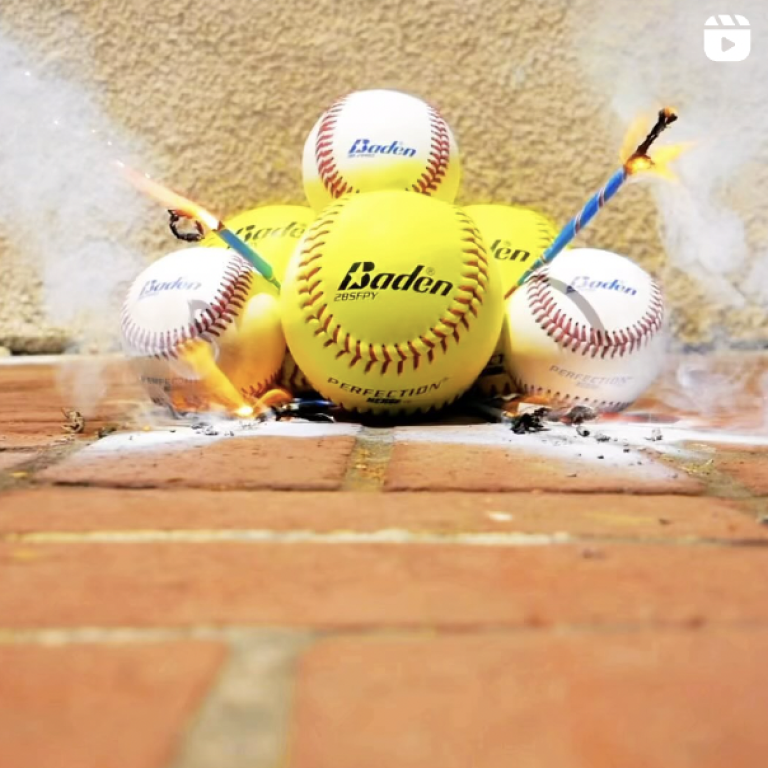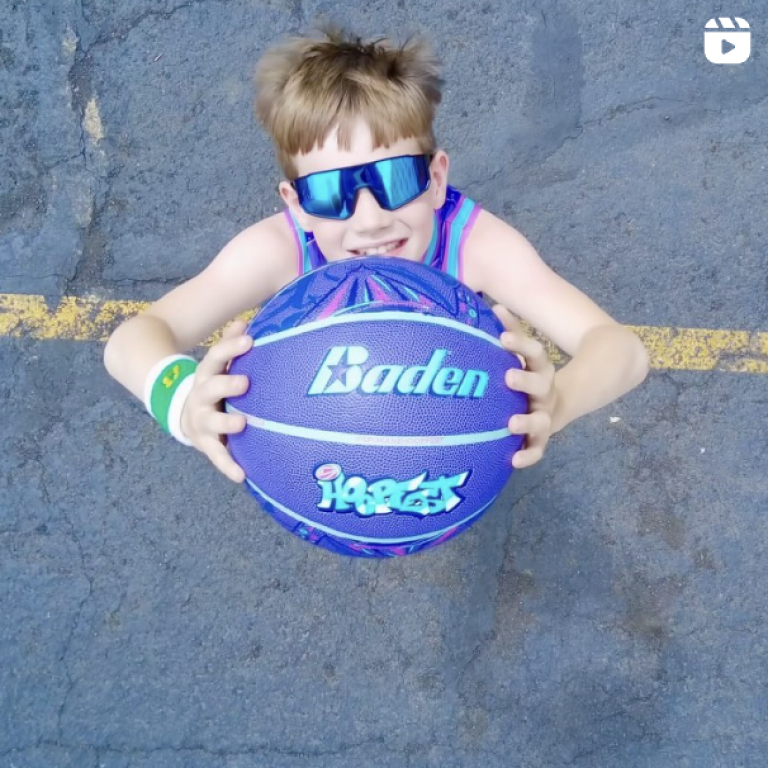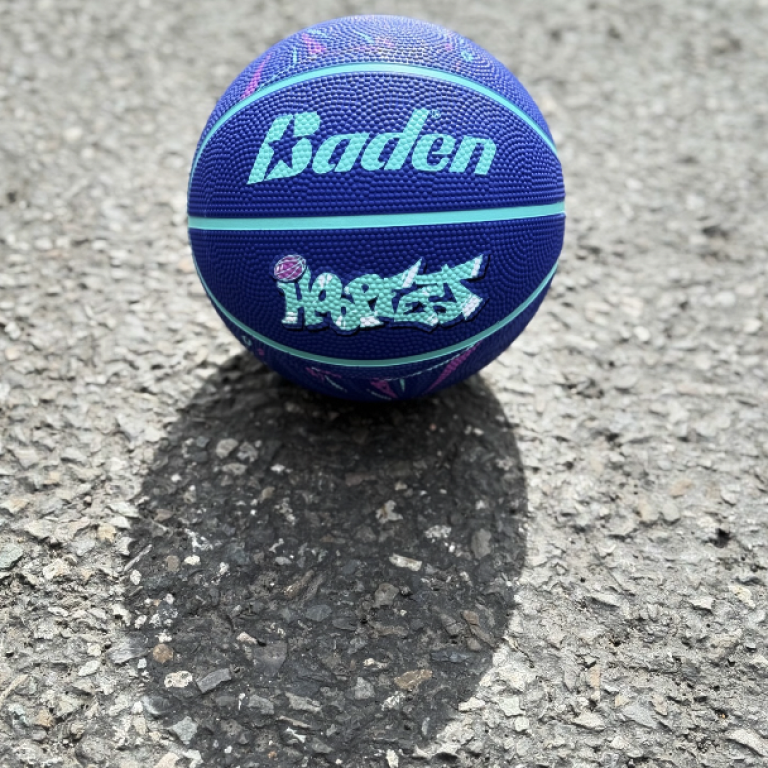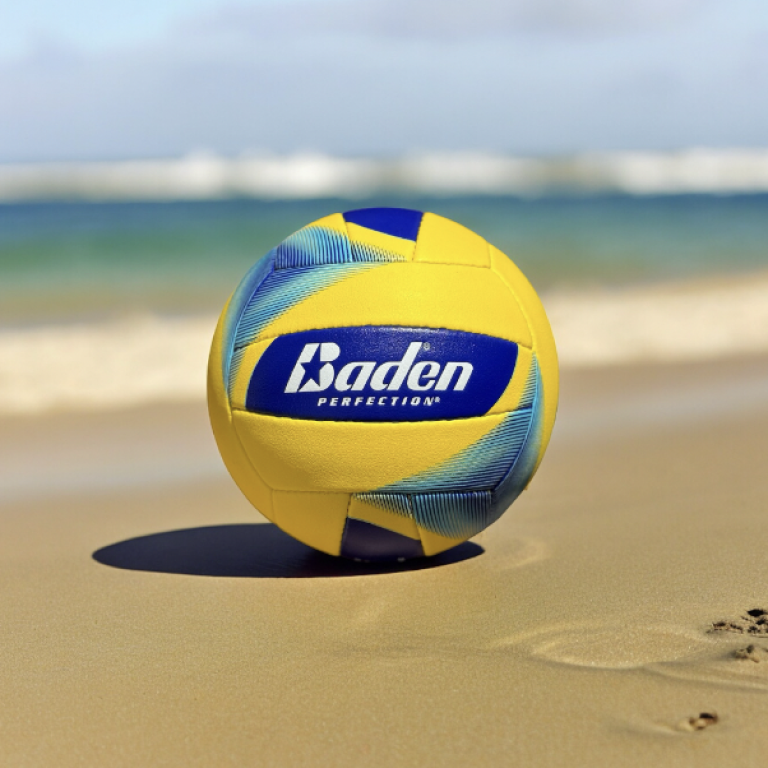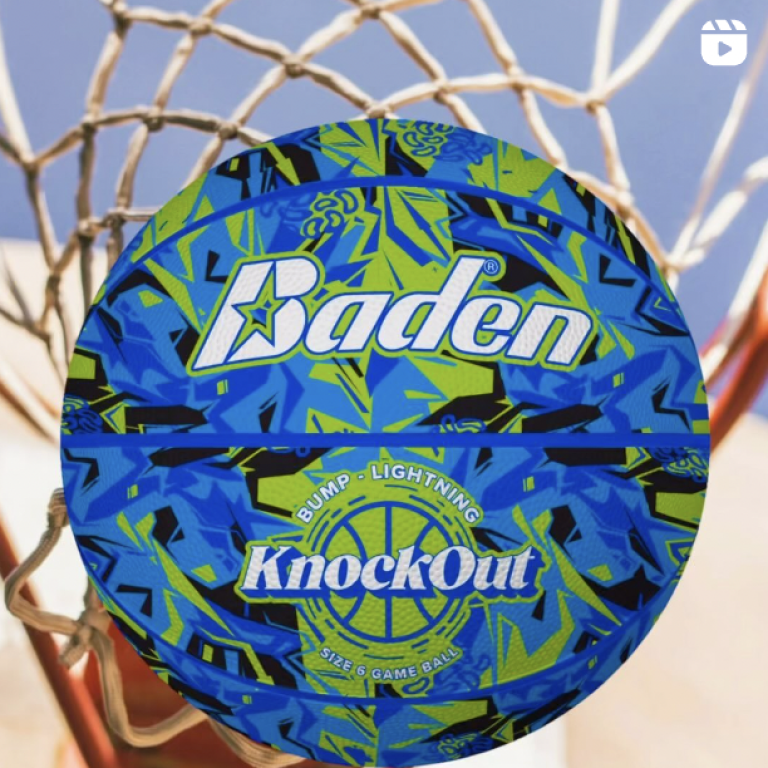If you’re a parent buying a volleyball for the first time, it can be surprisingly confusing. Do kids need different sizes? Does weight matter? Should you choose leather, synthetic, or foam? And most importantly, which volleyball will help your child enjoy the sport and grow with it?
Baden Sports, a trusted name in volleyball, offers a complete range of youth volleyballs designed for each stage of a player's development. This 2025 guide explains which ball to choose based on your child’s age, strength, and skill level. It also covers indoor vs. outdoor volleyballs and how to tell if a ball is properly inflated.
Why Volleyball Size and Weight Matter
A volleyball that is too heavy or firm can strain a child’s wrists and shoulders. It can also make it harder for them to pass or serve correctly. Many coaches agree that giving a young athlete the wrong ball early on can cause bad habits that are difficult to fix later.
According to USA Volleyball, a lighter ball allows younger athletes to focus on technique instead of just trying to hit the ball hard enough to make it move. It builds muscle memory, confidence, and enjoyment.
What Size Volleyball Does My Child Need?
Ages 6 and under
Recommended: Softlight Youth Oversized Volleyball
-
Circumference: 30 inches
-
Weight: 8 oz
-
Why it works: Oversized and extra soft, this ball helps very young kids track, catch, and tap the ball more easily. It is perfect for learning the basics in a safe and fun way.
Ages 7 to 10
Recommended: Softlight Youth Volleyball
-
Circumference: 25.5 to 26.5 inches
-
Weight: 7.5 oz
-
Why it works: This ball uses the official size but with a lighter weight to match the strength of younger players. It teaches correct technique without the risk of overuse injuries.
Ages 10 to 12
Recommended: 10U Light Volleyball
-
Circumference: 25.5 to 26.5 inches
-
Weight: 8.1 oz
-
Why it works: Designed for players ready to take volleyball more seriously. It is still lighter than regulation balls but closer to full weight to prepare them for future play.
Ages 13 and up
Recommended: Perfection Leather Volleyball
-
Circumference: 25.5 to 26.5 inches
-
Weight: 9.2 to 10.1 oz
-
Why it works: This is Baden’s top-tier game ball. It has the same size and weight used in high school and college matches, making it ideal for advanced training and competitive play.
Indoor vs Outdoor Volleyballs
If your child plays on hardwood floors or at school, you will want an indoor volleyball made of leather or microfiber. These materials offer better grip and softer contact for controlled passing and serving.
If most of the play happens in the backyard or at the beach, choose an outdoor volleyball. These are made with more durable covers that resist moisture, rough surfaces, and sun exposure.
The youth volleyballs from Baden, such as the Softlight and 10U Light, can be used both indoors and outdoors. However, using an indoor ball on rough outdoor surfaces will shorten its lifespan.
How to Tell If a Volleyball Is Properly Inflated
Use a pump with a pressure gauge. Most volleyballs should be inflated to 4.3 to 4.6 PSI. If the ball feels rock-hard, it is likely overinflated. If it feels mushy or does not bounce back when dropped from chest height, it may be too flat.
A good test is to drop the ball from shoulder height. It should bounce back to about your waist or chest level.
Final Tips for Parents
-
Buy the ball based on age and strength, not gender
-
Lightweight balls help with form, strength, and confidence
-
Baden clearly labels its volleyballs with the right age range
-
If unsure, choose a lighter, softer ball
-
Baden volleyballs are trusted by youth programs across the country
Where to Buy Baden Volleyballs
You can find these volleyballs directly at badensports.com, as well as through retailers like Dick’s Sporting Goods, Amazon, and local sporting goods stores.
Baden Sports. “10U Light Volleyball.” Baden Sports, 2025, https://www.badensports.com/products/10u-light-volleyball.
Baden Sports. “Softlight Youth Volleyball.” Baden Sports, 2025, https://www.badensports.com/products/softlight-youth-volleyball.
Baden Sports. “Softlight Youth Oversized Volleyball.” Angler’s Pro Tackle & Outdoors, 2025, https://anglersprotackle.com/products/softlight-youth-oversized-volleyball.
Baden Sports. “Perfection Leather Volleyball.” Baden Dealer Store, 2025, https://www.badendealerstore.com/products/perfection-leather-volleyball-1.
USA Volleyball. “Indoor Volleyball Rules and Guidelines.” USA Volleyball, 2025, https://usavolleyball.org/resource/indoor-rules.



